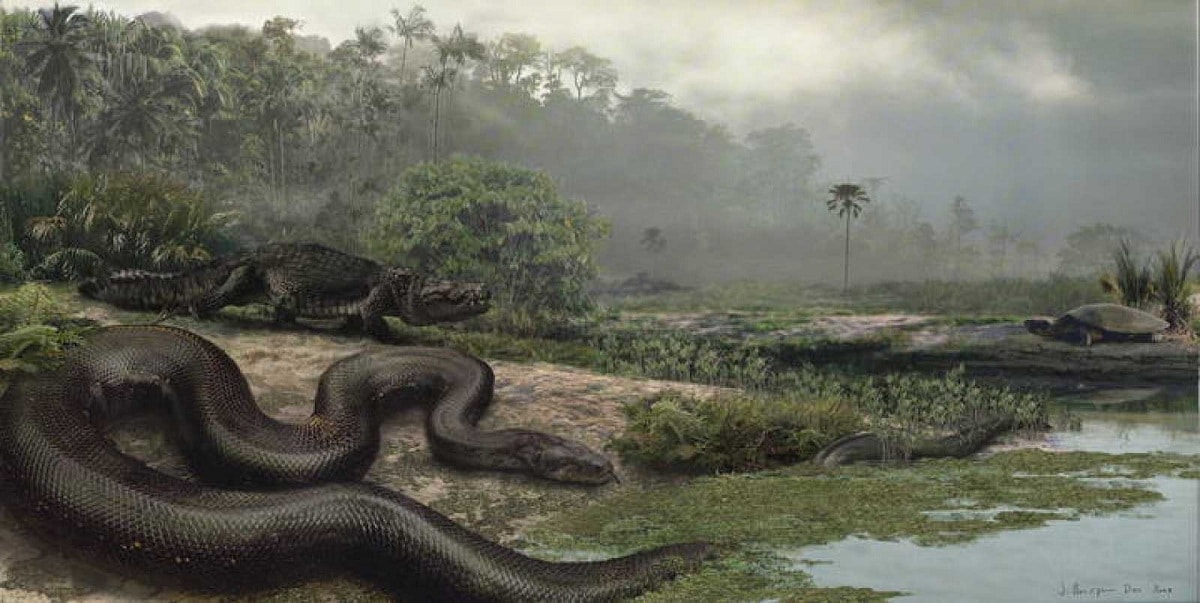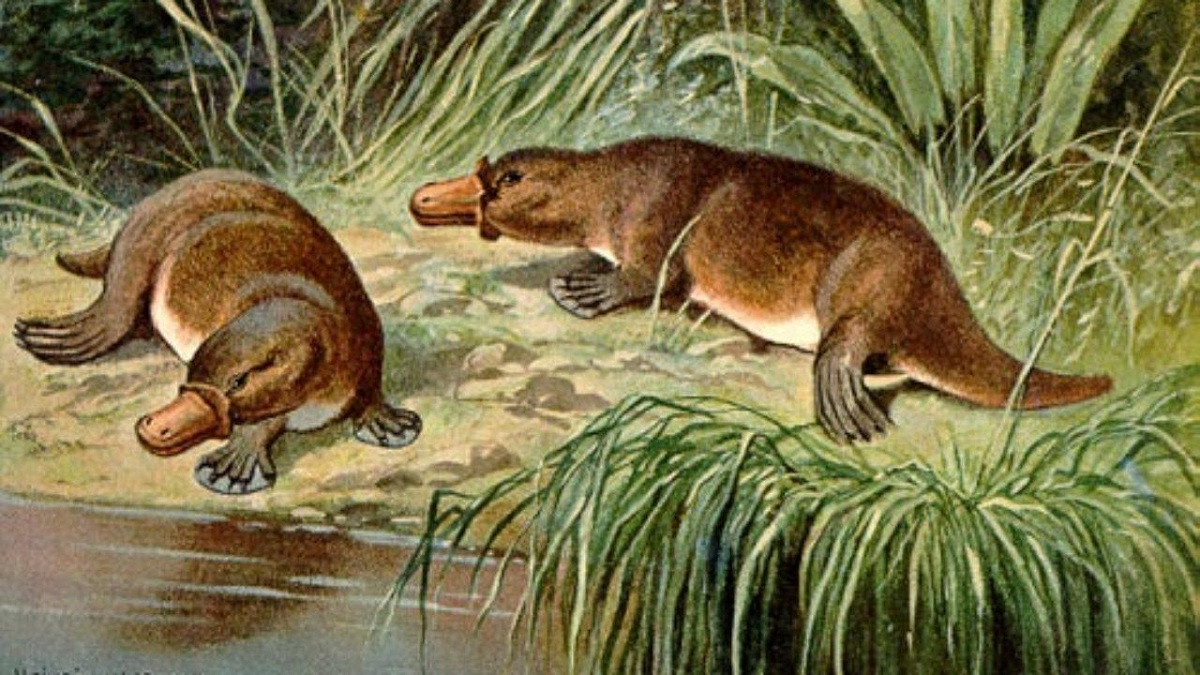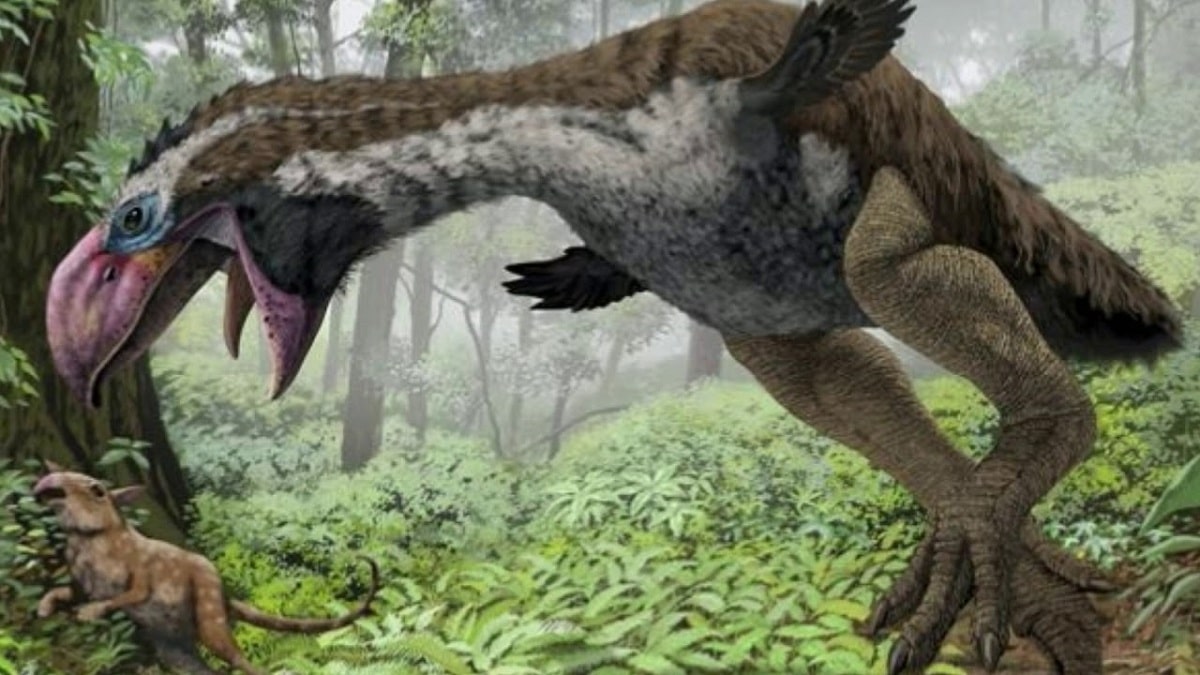
Within the era Cenozoic we meet the Paleocene epoch that spanned from about 66 million years ago to about 56 million years ago. It was located within the Paleogene period and is known for some drastic changes that existed on the planet. The Paleocene fauna it was characterized by a process of mass extinction of the dinosaurs and with somewhat hostile conditions. During this time, some conditions were established so that the planet was somewhat more stable and could give rise to the development of numerous plants and animals.
In this article we are going to tell you about all the characteristics and evolution of the Paleocene fauna.
Paleocene epoch

During that time the planet was quite active from a geological point of view. The continental drift continued its movement to separate the super continent known as Pangea and the continents shifted towards their present location.
As for biodiversity, it was about a time with an abundant number of animals and plants. The groups of animals that survived the extinction of the previous period managed to adapt to various environmental conditions. From here, they spread, occupying large areas of land and diversifying into species and genera.
Given the intense geological activity this time was characterized, we have some tectonic plates that began their movement during the cretaceous and they eventually settled in other locations throughout the Paleocene. The weather also caused some high temperatures that They caused a drastic change in the development of the species of living beings and their area of distribution and habitat.
Biodiversity and flora

Since the Paleocene began immediately after a process of mass extinction on a planetary level, many species had to survive and adapt to new conditions. This massive extinction caused that the surviving species had to diversify both in territory and in evolution. Many of these surviving species became the new dominant species on the planet.
This process of mass extinction was the most studied and recognized in history and is known as the Cretaceous and Tertiary mass extinction. It is here that much of the fauna of the entire planet became extinct and the dinosaurs stand out.
As for the flora of the Paleocene we find many plants that still persist today. Some of the plants that developed during this time were palm trees, conifers, and cacti. This has been found thanks to fossil records that have been collected by specialists. There were also places where the fern was a very abundant plant.
Since the climate that prevailed during the Paleocene was quite hot and humid favored the development of large areas of land with leafy plants and greens typical of early pristine rainforests and forests. This development of tropical ecosystems abundant in humidity, warm temperatures and extensive vegetation could allow the appearance of new fauna.
Conifers dominated all those places where the temperature was lower. These conifers extended to those regions near the poles. Another of the plants that continued their diversification were the angiosperms. These plants are kept today.
Paleocene fauna

As for the fauna of the Paleocene, we have a lot of animals that had to overcome the mass extinction event of the late Cretaceous. The animals that could survive they had the opportunity to diversify expanding through various lands around the planet. They especially took advantage of the occasion that the dinosaurs were already there, these being the biggest predators on the planet. These predatory animals competed for environmental resources, so the presence of dinosaurs, the diversification and occupation of the territory was much easier.
Among the groups of animals that belonged to the fauna of the Paleocene and that spread in greater proportion were mammals, birds, reptiles and fish. We are going to analyze each one of them.
reptiles
Reptiles were the group of animals that survived the extension and were favored by the prevailing climatic conditions at this time. Environmental conditions allowed them to spread over more areas that became suitable for their survival.
Among the reptiles more abundant campsosaurs predominated, that lived in aquatic habitats. Their body was similar to that of large lizards and they had a long tail with 4 smaller limbs. Some of these specimens could measure up to 2 meters in length and their teeth were capable of hunting their prey with great ease. Snakes and turtles also had their development during this time.
Birds
The Paleocene birds inhabited this planet and they expanded thanks to the increase in temperatures in tropical areas. Birds of the genus Gastornis, known as terror birdsThey were large but did not have the ability to fly. The main characteristic of this genus is that they had a large beak that had a very strong texture. Their habits were carnivorous and they were fearsome predators for many animals.
Throughout this period of time, many species of birds that persist today developed and emerged thanks to environmental conditions. Among this group of birds we find seagulls, owls, pigeons and ducks, Among others.
Paleocene fauna: fish and mammals
In the period of mass extinction of the Cretaceous, a large part of the marine fauna and all the marine dinosaurs also disappeared. This led to less competition in the marine field and caused sharks to spread to become the new dominant predators. Many of the fish that persist today made their appearance around this time.
As for mammals, it was the most successful group within the Paleocene fauna. The placentals, monotremes and marsupials stood out. The placentals are a group of mammals whose main characteristic is the development of the fetus within the mother. Communication between them is established thanks to the umbilical cord and the placenta. In this group are rodents, lemurs and primates, among others.
Marsupials are another group of mammals of which the female presents a kind of bag that is known by the name of marsupium. Here we find the kangaroos and it did not have many representatives in the Paleocene. Finally, the monotremes were animals whose characteristics resembled reptiles and birds. Their body is covered by veil but they are oviparous. Here are the platypus and the echidna.
I hope that with this information you can learn more about the fauna of the Paleocene.